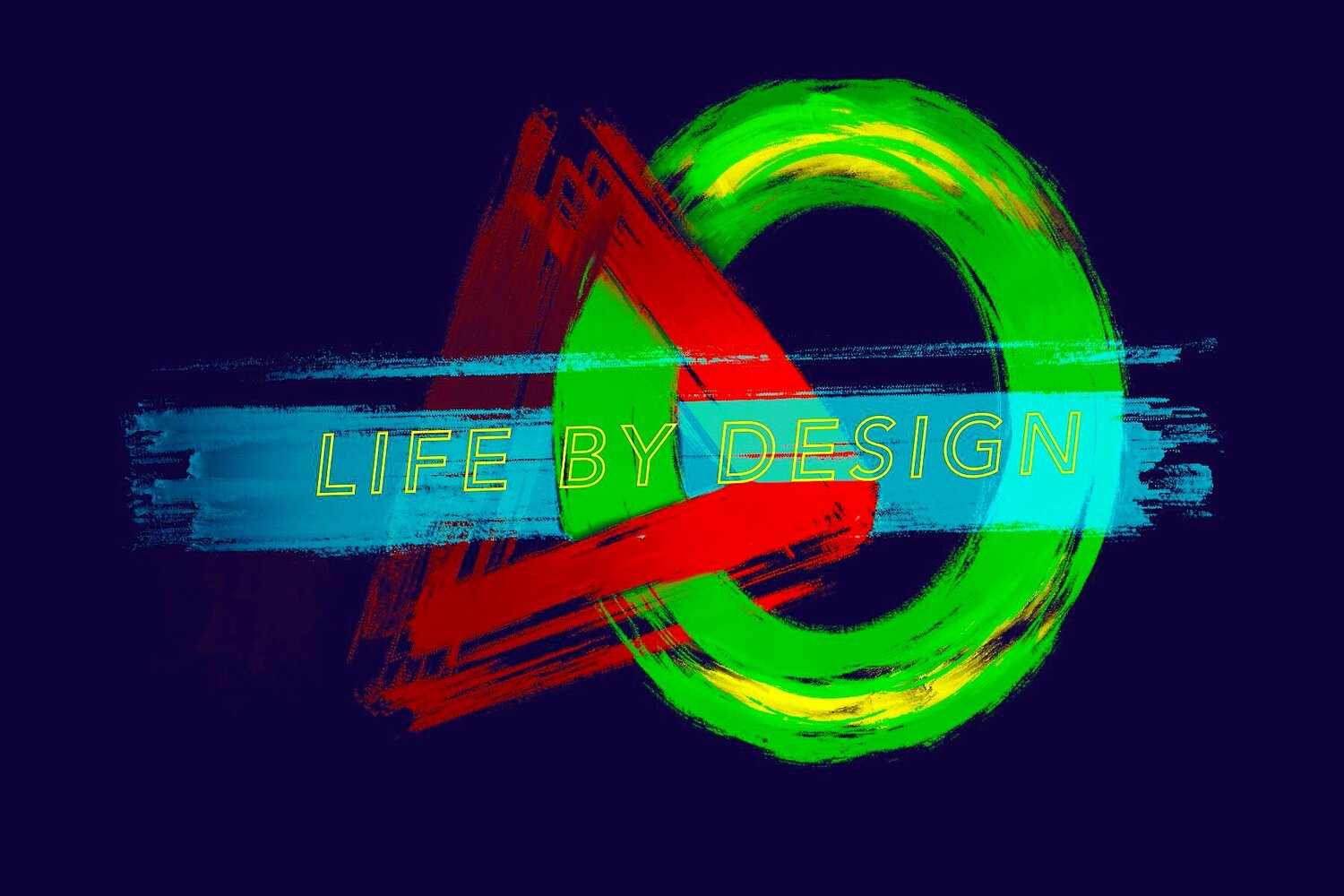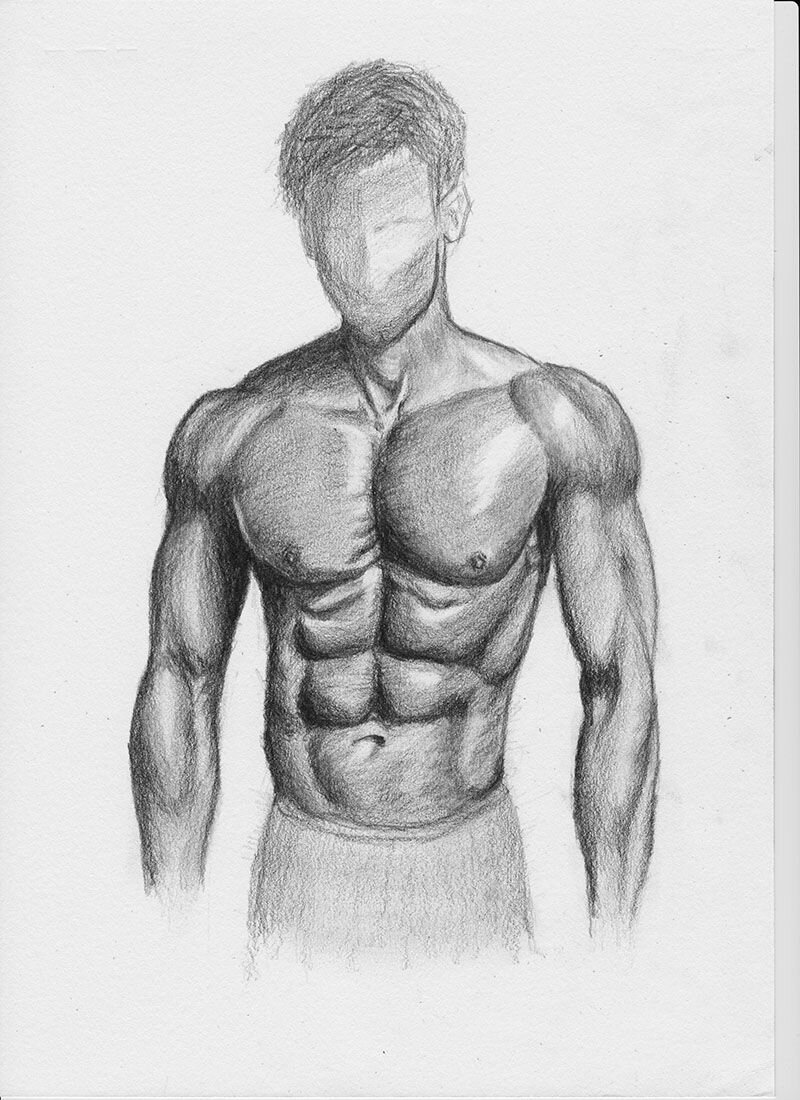I have been asked countless times by parents of boys how they should raised them. And equally frequently I have encountered men who are deeply troubled by their sense of failed masculinity. These are my reflections.
It’s time! We are at a point in our evolution where continuing to define masculinity in the stereotypical ways will destroy our civilization. As the distinct artificial boundaries of gender and sexuality dissolve, as we begin to see flourish a range of genderism—my word, and as Artificial Intelligence continues to advance and become a collateral partner of human existence, our rigid adherence to what is increasingly irrelevant. I have been asked countless times by parents of boys how they should raised them. And equally frequently I have encountered men who are deeply troubled by their sense of failed masculinity. These are my reflections.
The stereotype is familiar to all of us: Muscular, large, aggressive, competitive, sexually virulent, with mechanical aptitude, self-reliant, unyielding to soft emotions of sadness, grief, tenderness and gentle compassion, uninterested in talking—or listening, etc. Many elements of this standard are challenging to meet by most men. Physical size varies, muscularity and mechanical aptitude are also in someways the function of genetics and upbringing, so that leaves the emotional stuntedness to be the one thing all men can attempt to manage to be defined, albeit, imperfectly as men.
As someone who has studied developmental psychology and worked with children and adolescent for over thirty years I have noticed, and literature confirms, that boys are susceptible to every emotional experience. In fact, sexual identity is fluidly defined. Though they may call themselves boys by social standards, they fall in love with their male friends as well as develop similar feelings with their female peers. They cry as frequently as girls and, left to their own, enjoy games that involve imagination, tenderness and caring. They can play house, they can pretend to be doctors and take care of their injured stuffed animals, be drawn to flowers, butterflies and other tender elements signifying they are sensitive and compassionate. In turn, they also crave being cared for similarly. They want to be held when distressed, play dress up in playing different roles, be nurtured in gentle and compassionate ways. They respond strongly and negatively to being yelled at, played rough with, and pushed beyond their physical capacity. These characteristics persists through ages 8 and 9. At around age 10 they enter the ambivalent phase of craving to maintain their sensitivity while becoming aware of the masculinity demand placed on them by family and society.
This is phase of life is a conflicting time for boys as they begin to exercise stereotypical masculinity without having any competency or practice in it. Their tendency to exaggerate their prowess, make up stories that elevate their strength and bravery as well as actions that are more aggressive in nature begins to sprout. Yet, when they get hurt, the conflict between these two forces becomes more evident. They attempt to suppress their crying or hurt mightily but often do not succeed and tradition into teary anger and run off to hide their face, yelling all the way. At this time they begin to hear the message of society loud and clear about how to behave in face of hurt. To “toughen up”, to “man up”, “boys don’t cry”, “don’t be so weak”, etc all begin to bombard them from parents, teachers, coaches, Boy Scouts leaders, uncles, and even some females in their lives. They learn quickly mechanisms of emotional suppression. Interestingly, even intelligence in boys has been weaponized.
But emotions are like balloons, you squeeze one end, the other end swells up. In boys, this suppression of genuine sadness and hurt results in an exaggerated expression of other emotions, notably, anger, frustration, aggression, etc. These are the “fight” sides of Fight or Flight response. In boys, the “flight” aspects evolve into dissociation and emotional stuntedness. Insensitivity to others, incapacity to recognize their own needs, their tendency to dismiss significant but negative emotions through sarcasm, crass humor, sexism, racism and other methods of self-isolation become prominent in their repertoire of defense mechanisms employed in times of emotional vulnerability. As boys enter adolescence, their need for developing a distinct identity becomes a developmental imperative and all the patterns of the past become themes and threadstha that tie together the totality of their self.
Out of the cycle of behavior-to-social reinforcement-to-concretized masculine patterns of behavior and identity comes boys who evolve into men with deep psychic injuries for which they have no outlet nor remedy. Drugs, alcohol, sex addiction, aggression, dissociation and emotional guardedness, violence, perpetual state of tension and distrust begin to define men. Power-seeking at every level of familial, social and career environments become a dominant feature.
With the advent of technological advancement, the usefulness of masculinity as defined become increasingly irrelevant. Robots can build machinery, repair them and move heavy objects. Computers and AI can outsmart even the smartest men. Men, in the traditions of the past are becoming obsolete and struggling with an identity crisis. Since they have been given very few tools to deal with negative emotions and vulnerability appropriately, they are left with a huge gap to contend with. The despair and void they experience can be daunting and turns them to the tried-and-true and culturally validated methods of coping: Eating, drinking, smoking, isolating, and lashing out at those around them who give them permission to be abusive of themselves and others. Bullying, school-shooting, obsession with weapons, war, domination and power are all maladaptive symptoms we are likely to see more of as stereotypical masculinity finds no place to exercise its role. Let me be clear, I am not advocating that we should allow such toxic traits to continue to flourish in order to avoid the emerging patterns. On the contrary, we need to redesign the treatment of genders and embrace fluidity of traits, expand the parameters of self-expression and offer different models of managing internal conflict and emotional pain in boys and men.
Its the power-seeking, insensitive and indeed narcissistic dismissal of the world around them, aggressive tendencies and expression of sexuality through overt sexual domination is the basis of all of our social ills. From political corruption, to environmental disasters and rise in violent crimes, we can trace the sources of these challenge to toxic masculinity. By the way, traditional femininity and female role adoption directly supports toxic masculinity by giving it fuel to operate, air to breath and permission to flourish. It is not uncommon to hear women give either toxic messages of boys acting like men and/or supporting their toxic masculinity.
We must turn this bleak forecast around by immediately re-examining how we raise boys, what messages we give them, what permissions and opportunities we offer for them to identify as masculine with peaceful coexistence with their innate sensitivity and caring. Simultaneously, we must take a supportive and educative stand alongside out adult male fellow citizens and offer our permission, encouragement and support to find therapy, counseling, peer support and social acceptance for shedding their toxic masculine identity and adopt healthier coping mechanisms with emotional pain and feelings of vulnerability.
If you are a man struggling with these issues please reach out to a counselor and find adaptive ways of validating your whole person coping with identity issues.
I would love to hear what you think. Feel free to share your thought.

